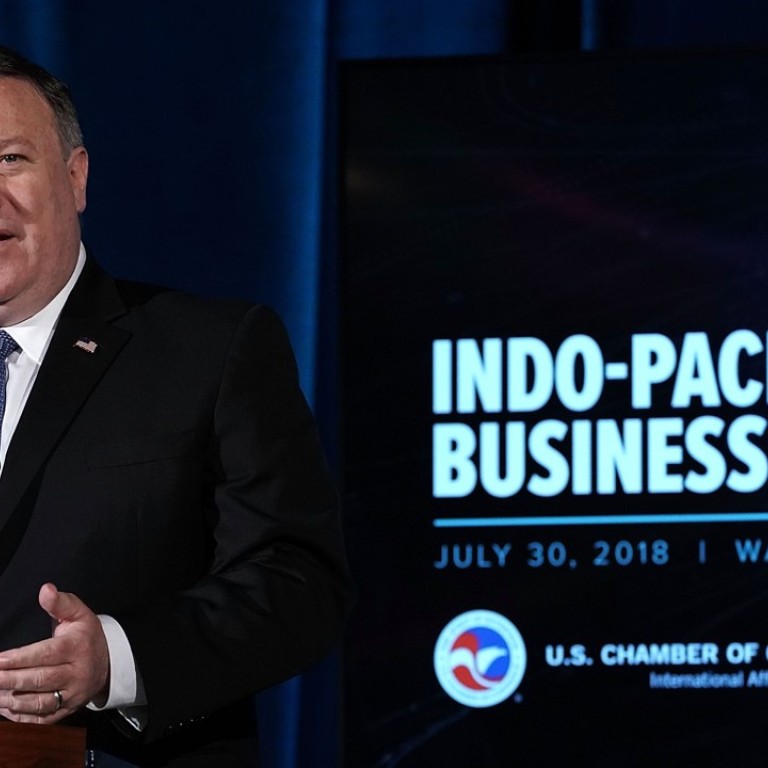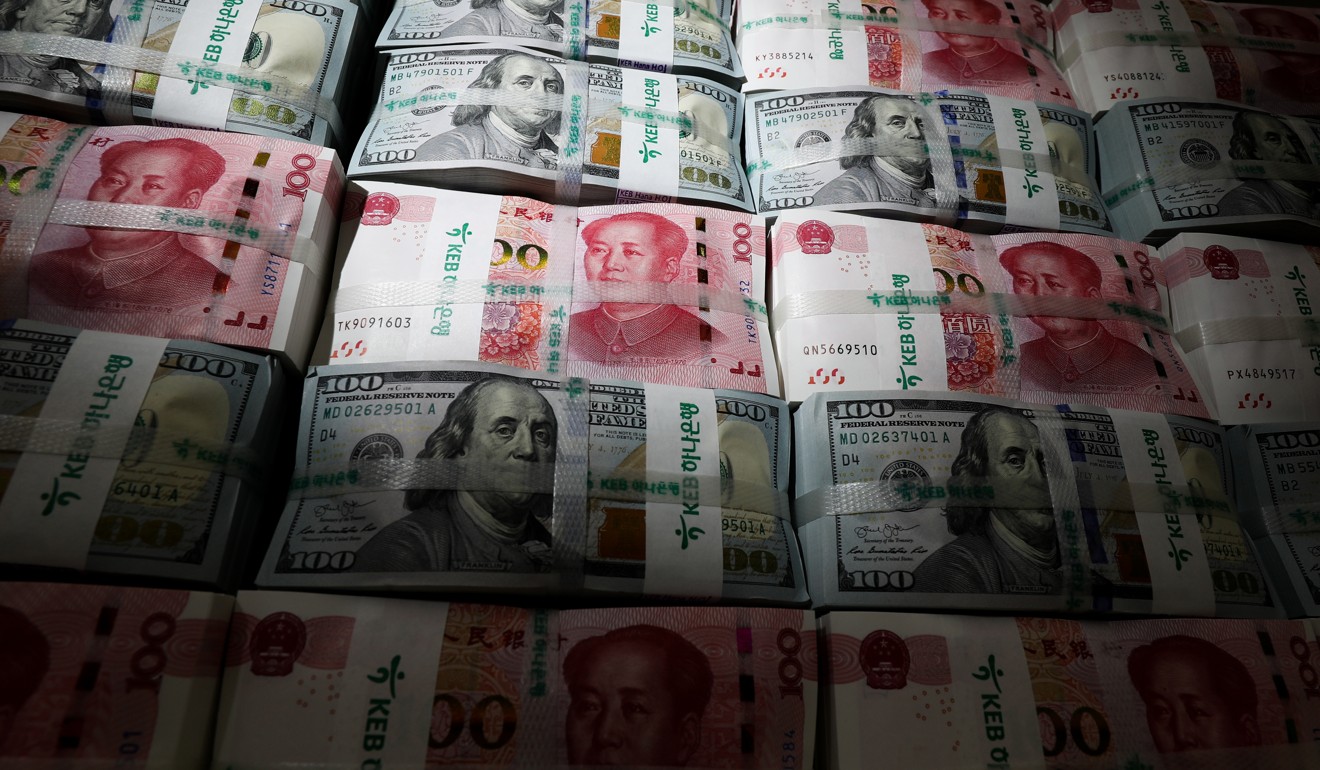
How Mike Pompeo wrapped a bid to safeguard the Asia-Pacific’s status quo in an infrastructure investment plan
Ankit Panda writes that the US’ basket of investment funds and Belt and Road expenditures are not comparable given differing geoeconomical tool kits
The United States is getting serious about its commitment to the Indo-Pacific – at least that’s what the Trump administration would have you think.
This week, US Secretary of State Mike Pompeo delivered what was billed as a major speech on the theme of the US’ strategy for the region now described as the Indo-Pacific – a strategically amorphous and massive region extending from San Diego to the western coast of India.
The top-line announcement from Pompeo – accompanied by a simultaneous announcement from Japan and Australia – was a US basket of investment funds totalling US$113.5 million. Naturally, regional observers saw it fit to draw comparisons between the US sum and the capital expenditures being put up by China under the aegis of the Belt and Road Initiative.
The numbers bandied around concerning the Belt and Road – often on the order of US$1 trillion – are exaggerated, but there’s little doubt that China’s actual capital outlays eclipse the number put forward by the US.

China hasn’t quite laid down US$1 trillion, but has certainly put up tens of billions of dollars in investments across the wider Asian region.
The US figure announced by Pompeo, meanwhile, is largely symbolic. It’s a sign that the US is still thinking about the Indo-Pacific and intends to follow up on an initiative that has hitherto been buttressed mostly by rhetoric.
Just two months ago, US Secretary of Defence James Mattis made the case for a sustained US presence in the Indo-Pacific to gathered regional security observers in Singapore at the Shangri-La Dialogue. Now, Pompeo is determined to underline that the US approach is backed up with hard cash.
Observers shouldn’t fixate on the discrepancy in magnitude in what the US and China can physically contribute to the demand for infrastructure and connectivity financing in Asia.
Even if the US were able to double or even triple the amount Pompeo announced, the fact remains that Washington and Beijing have significantly different geoeconomic tool kits at their fingertips.
The US’ winning play is to emphasise a positive vision of the regional status quo, accentuating what can be lost in a China-dominated Asia.
China’s large state-owned enterprise sector, for instance, can be directed and manoeuvred at the will of the Communist Party; the US does not have a comparable capability.
Instead, the US advantage in Asia will continue to be asymmetric – as it has been for decades.
It’ll be about sustainable and values-based leadership, the provision of public goods and the sustaining of a regional security architecture that has broadly served most Asian states along the Indo-Pacific littoral.
Alongside Pompeo’s announcement, the US Department of Commerce underlined that India would be upgraded to the top tier of US strategic trade authorisation, affording New Delhi the right to import sensitive US national defence products without procuring specific export licences.
The waiver effectively operationalises India’s status as the US’ “major defence partner” – a bespoke status bestowed in New Delhi in 2016 by the Obama administration. In theory, the designation should have given India access to US-made defence material at the same level as a major allied state, but obstacles remained.
In the broader scheme of US-China competition in the Indo-Pacific, Pompeo’s announcement and these new developments with India paint a fuller picture. The US is doubling down on its traditional advantages in Asia while trying to go toe-to-toe with China.

The latter alone would be a losing strategy. No, the US cannot match, dollar-for-dollar, China’s propositions to Asian states. Even as Washington seeks to buttress high standards for trade and investment in the region – leaving aside Trump’s own rhetoric – Beijing holds the upper hand.
But the US’ winning play is not to endeavour to beat China at its own game. Instead, the US and its partners – Australia, Japan, and India among them – need to emphasise a positive vision of the regional status quo, accentuating to regional states what can be lost in a China-dominated Asia.
That hasn’t been the easiest message to convey, but increasingly, China’s heavy-handed and predatory investment practices in the region – such as in Sri Lanka – are easing the US task. It would be wise for Washington to seize this opportunity where it arises.
In the meantime, comparing apples to oranges – the US’ millions to China’s billions – will be a fool’s task.
Ankit Panda is the senior editor at the Diplomat

